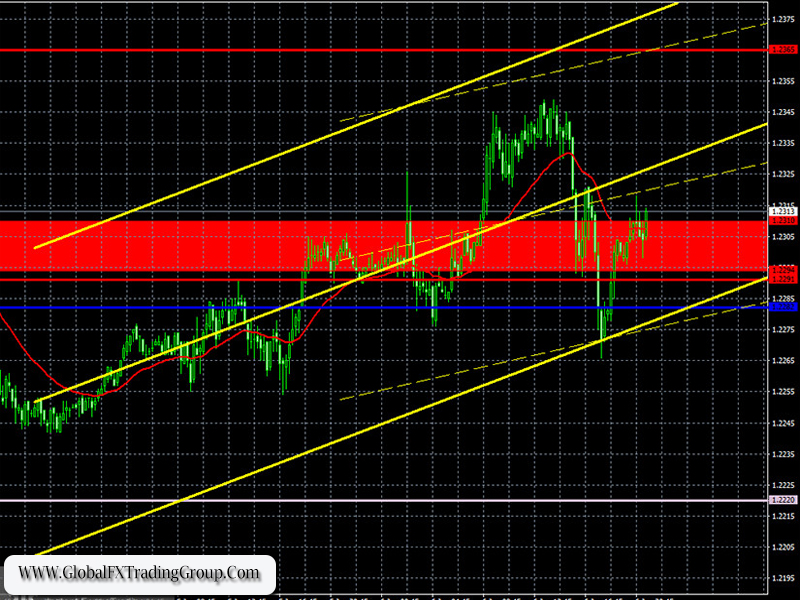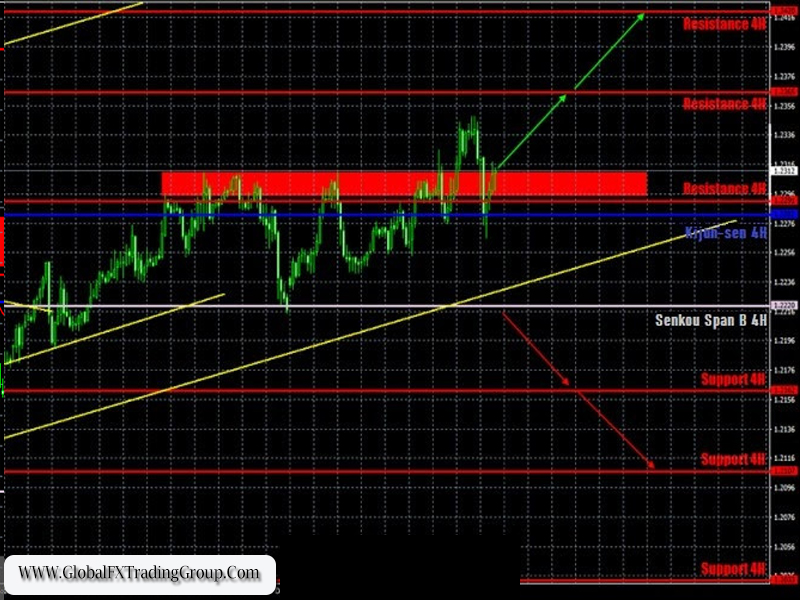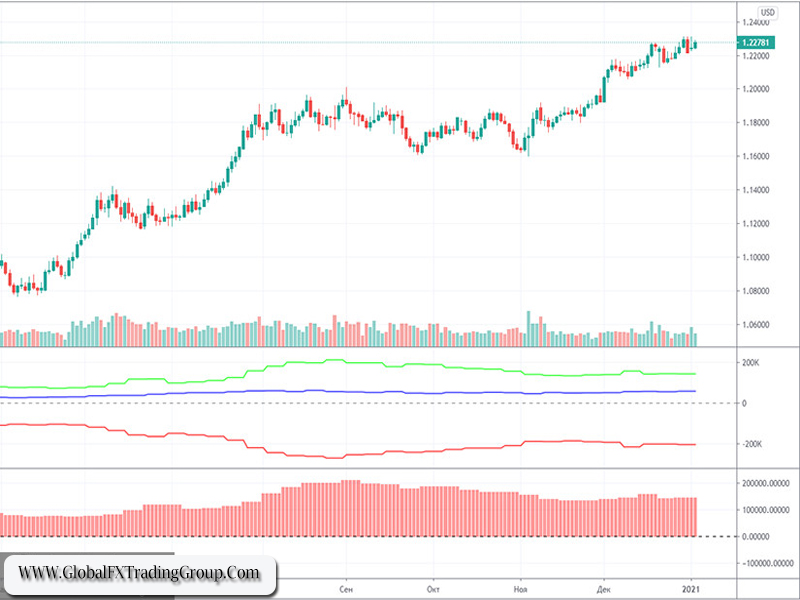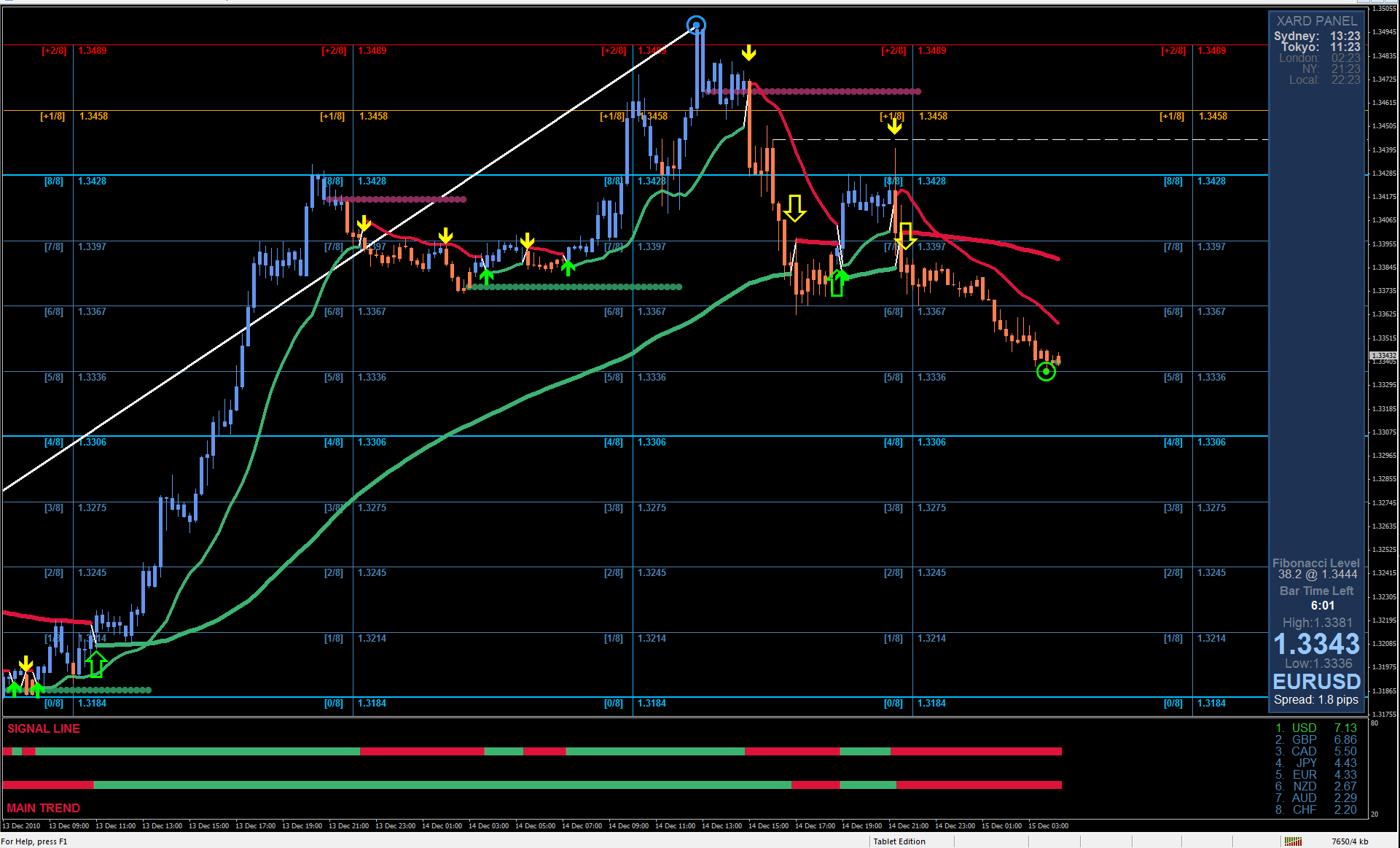EUR/USD 15M

Both linear regression channels are directed to the upside on the 15-minute timeframe, but this does not provide any clarity. As we mentioned above, the price ignores strong lines and generates false signals, therefore trading at this time is associated with increased risks.
EUR/USD 1H

The EUR/USD pair initially made a new round of upward movement, then downward, falling to the critical Kijun-sen line on the hourly timeframe on January 6. In general, nothing has changed over the past day. The resistance area of 1.2295 – 1.2311, which until recently had resisted the quotes, let the pair go above and below itself without any problems. Thus, the only thing that you can pay attention to now is the upward channel, global and long-term. But on the whole, the EUR/USD pair continues rather vague trading. Signals are often false or weak.
Target levels are not always reached. In general, the pair is rising by 20-30 points. It will renew the 2.5-year high and retreat by 50-60 points. Such movements are extremely difficult to work out, since it seems that the trend persists, but at the same time all movements are inaccurate, not pronounced. We have already mentioned in our fundamental article that the quotes of the EUR/USD pair have grown by around 700 points over the past two months. If we divide these 700 points (there were no strong corrections during this time) by 44 working days (approximately), then it turns out that the pair rose by an average of 16 points per day. Formally there is a trend, but it is very inconvenient to work it out.
COT report

The EUR/USD pair fell by 30 points during the last reporting week (December 22-28). Minimal price changes, however, the EUR/USD pair has been steadily moving up in recent weeks, but at a slow pace. Thus, it was not necessary to hope for serious changes in the mood of professional traders. On the eve of the New Year, a group of non-commercial traders closed 57 Buy-contracts (longs) and opened 1,660 Sell-contracts (shorts). Thus, formally, their mood became more bearish, but in fact, the net position of this category of traders decreased by only 1,600 contracts. For comparison, the total number of contracts for this group of traders is 340,000. Thus, changes by 1,500 are scanty. In general, the bullish sentiment remains.
A few weeks ago professional traders were actively reducing their net position and we concluded that a new downward trend was on the way. However, the demand for the dollar was so low in the foreign exchange market that the downward trend did not start for the euro, and non-commercial traders began to increase the number of longs again. For the last two weeks, no conclusions can be drawn at all about the change in their mood. Indicators also do not help much in this situation, since the changes are minimal. The green and red lines of the first indicator no longer move towards each other, but they are not moving away either. The second indicator shows that the net position of non-commercial traders decreased in the long term, but it is not significant and has stopped in the last month and a half.
The European Union published an index of business activity in the service sector for December, which fell as expected, reaching 46.4. However, at that time the euro was facing a new round of upward movement. It retreated a little later on. When the weak news from overseas began to arrive. Like the ADP report on the change in the number of employees in the US private sector, which decreased by 123,000 in December, instead of the projected increase of 60,000. This is a very weak value of a fairly important indicator. The index of business activity in the US services sector also slightly decreased (55.3-54.8), but remained above the 50.0 level, so it could not have a particular negative impact on the dollar. However, the greenback was already growing at that time, so we can conclude that traders ignored the macroeconomic reports again.
The European Union will publish the consumer price index for December on Thursday, January 7. According to analysts’ forecasts, inflation will remain negative and reach -0.4% in annual terms. In addition, the retail sales in the EU, which are of lesser importance, will also be released. However, what difference does it make if the markets continue to stubbornly ignore any macroeconomic background?
We have two trading ideas for January 7:
1) Buyers keep the initiative in their hands. They manage to keep the pair inside the rising channel, so chances of continuing the upward movement remain high. You are advised to open new long positions in case the price rebounds from the lower channel line, or from the Kijun-sen line (1.2282), or when the quote surpasses the 1.2295-1.2311 area, while aiming for the resistance level of 1.2365. Take Profit in this case can be up to 60 points. However, take note that the pair’s movements are unstable.
2) Bears remain very weak at the moment and cannot settle below the rising channel. Thus, you are advised to open short positions if the bears manage to surpass the lower line of the rising channel while aiming for the support levels of 1.2162 and 1.2107, not earlier. Take Profit in this case can range from 40 to 100 points.
Forecast and trading signals for GBP/USD
Explanations for illustrations:
- Support and Resistance Levels are the levels that serve as targets when buying or selling the pair. You can place Take Profit near these levels.
- Kijun-sen and Senkou Span B lines are lines of the Ichimoku indicator transferred to the hourly timeframe from the 4-hour one.
- Support and resistance areas are areas from which the price has repeatedly rebounded off.
- Yellow lines are trend lines, trend channels and any other technical patterns.
- Indicator 1 on the COT charts is the size of the net position of each category of traders. Indicator 2 on the COT charts is the size of the net position for the “non-commercial” group.
*The market analysis posted here is meant to increase your awareness, but not to give instructions to make a trade.
If you have an interest in any area of Forex Trading, this is where you want to be.
Global Fx Trading Group is a world leader in providing Fx services to individual traders, including: Unmatched funding programs, on-line education, virtual trading rooms, automation tools, robot building, and personal coaching.
The company was first established by Jeff Wecker, former member of the Chicago Board of Trade, with 25 years in the industry. Jeff has a keen understanding of the needs of Forex traders and those needs are our focus.
Please join our VIP Group while is still FREE …
https://t.me/joinchat/JqsXFBKpyj3YS4bLWzT_rg
Our mission is simple: To enhance as many lives as we can through education and empowerment.
#theforexarmy #forexsigns #forexsignals #forexfamily #forexgroup #forexhelp #forexcourse #forextrade #forexdaily #forexmoney #forexentourage #forextrading #forex #forexhelptrading #forexscalping #babypips #forexfactory #forexlife #forextrader #financialfreedom
